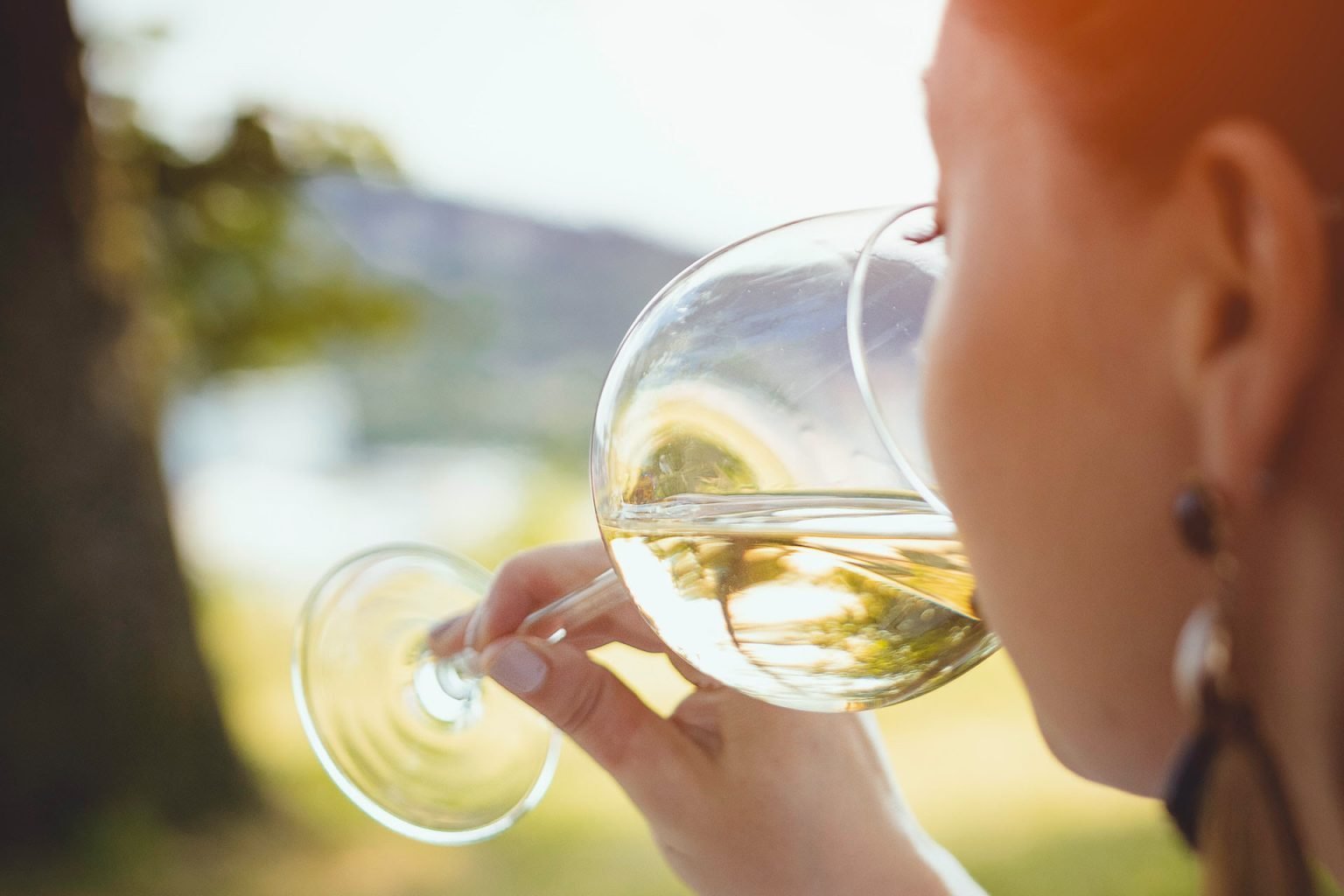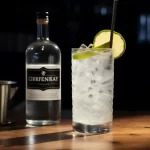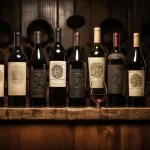Wine tasting is the process of examining and evaluating wine using the senses of sight, smell, taste, and touch. While some people may think of wine tasting as an elitist activity reserved for sommeliers and wine connoisseurs, it is actually an enjoyable and accessible pastime for anyone who is interested in learning more about wine.
The Basics of Wine Tasting
Before diving into the techniques and terminology of wine tasting, it is important to understand the basics of how to appreciate wine. Wine tasting can be broken down into four basic components: appearance, aroma, taste, and mouthfeel.
Appearance
The appearance of wine refers to its color and clarity. To properly evaluate the appearance of wine, it should be poured into a clear glass and held up to a white background, such as a napkin or tablecloth. The color of wine can provide clues about its age, grape variety, and production methods.
Aroma
The aroma of wine is often referred to as its bouquet or nose. Aroma is an important aspect of wine tasting because it can provide insight into the grape variety, age, and quality of the wine. To evaluate the aroma of wine, it should be swirled in the glass to release its volatile compounds and then sniffed.
Taste
The taste of wine is perhaps the most well-known aspect of wine tasting. To evaluate the taste of wine, it should be sipped and held in the mouth for a few seconds to allow the flavors to develop. The taste of wine is influenced by a variety of factors, including grape variety, climate, and production methods.
Mouthfeel
Mouthfeel refers to the sensation of wine in the mouth, including its texture, body, and acidity. To evaluate the mouthfeel of wine, it should be swished around the mouth and then swallowed or spat out.
The Role of the Senses in Wine Tasting
Wine tasting is a multisensory experience that engages all of the senses. To truly appreciate wine, it is important to understand the role that each sense plays in the tasting process.
Sight
As previously mentioned, the appearance of wine can provide clues about its age, grape variety, and production methods. The color and clarity of wine can also influence the expectations of the taster.
Smell
The aroma of wine can provide valuable information about its quality and characteristics. The sense of smell is closely linked to the sense of taste, and many of the same aromas
Taste
The sense of taste is perhaps the most well-known aspect of wine tasting. When wine is tasted, the flavors and sensations can be described in terms of sweetness, acidity, bitterness, and fruitiness. The taste of wine is influenced by a variety of factors, including the grape variety, climate, and production methods.
Touch
Mouthfeel, or the sensation of wine in the mouth, is an important aspect of wine tasting that engages the sense of touch. The texture, body, and acidity of wine can be described in terms of how it feels in the mouth, such as smooth, rough, light, or heavy.
Tasting Techniques and Terminology
There are several techniques and terms that are commonly used in wine tasting. Understanding these can help you to better appreciate and describe the wine you are tasting.
Swirling
Swirling the wine in the glass helps to release its aromas and can provide insight into its quality and characteristics.
Sniffing
The aroma of wine can provide valuable information about its quality and characteristics. Sniffing the wine before tasting it can help to identify different aromas.
Sipping
Sipping the wine allows the flavors to develop in the mouth and provides an opportunity to evaluate its taste and mouthfeel.
Spit or Swallow?
In professional wine tastings, it is common to spit the wine after tasting it to avoid becoming intoxicated. However, in social settings, it is generally acceptable to swallow the wine.
Describing Wine
Describing wine can be a challenge, but it is an important aspect of wine tasting. Some common terms used to describe wine include fruity, floral, earthy, and spicy.
The Different Types of Wine
There are many different types of wine, each with its own unique characteristics and flavor profile. Some of the most common types of wine include:
Red wine is made from red grapes and is typically characterized by its dark color and bold, tannic flavor.
White Wine
White wine is made from white grapes or red grapes with the skins removed and is typically characterized by its light color and crisp, acidic flavor.
Rosé Wine
Rosé wine is made from red grapes and is typically characterized by its pink color and light, refreshing flavor.
Sparkling wine is carbonated and can be either white or rosé. Champagne is a type of sparkling wine that is produced in the Champagne region of France.
Dessert Wine
Dessert wine is typically sweeter than other types of wine and is often served with dessert.
Wine Tasting Tips for Beginners
If you are new to wine tasting, there are several tips that can help you to get started:
Start with the Basics
Begin by tasting a variety of wines and identifying the characteristics that you enjoy.
Explore Different Varietals
Try wines made from different grape varieties to get a better understanding of their flavor profiles.
Consider Food Pairings
Wine can be enjoyed on its own, but it is also a great accompaniment to food. Experiment with different pairings to find your favorites.
Join a Wine Club or Take a Class
Joining a wine club or taking a wine tasting class can be a great way to learn more about wine and meet other wine enthusiasts.
Conclusion
Wine tasting can be an enjoyable and rewarding experience for anyone who is interested in learning more about wine. By understanding the basics of wine appreciation and exploring different types of wine, you can develop a deeper appreciation for this fascinating beverage.
FAQs
What is the best way to taste wine?
To properly taste wine, it should be examined for appearance, sniffed for aroma, sipped and
What is the best way to taste wine?
To properly taste wine, it should be examined for appearance, sniffed for aroma, sipped and held in the mouth for a few seconds to allow the flavors to develop, and swished around the mouth to evaluate the mouthfeel.
What are some common terms used to describe wine?
Some common terms used to describe wine include fruity, floral, earthy, and spicy.
Should I spit or swallow the wine when tasting?
In professional wine tastings, it is common to spit the wine after tasting it to avoid becoming intoxicated. However, in social settings, it is generally acceptable to swallow the wine.
How can I improve my wine tasting skills?
The best way to improve your wine tasting skills is to practice tasting different types of wine and pay attention to the appearance, aroma, taste, and mouthfeel. Joining a wine club or taking a wine tasting class can also be helpful.
What are some tips for pairing wine with food?
When pairing wine with food, consider the flavors and characteristics of both the wine and the food. Generally, white wine pairs well with seafood and chicken, while red wine pairs well with red meat and rich, flavorful dishes. However, there are no hard and fast rules, and experimentation is key to finding your own favorite pairings.
In conclusion, wine tasting is an enjoyable and accessible pastime for anyone who is interested in learning more about wine. By understanding the basics of wine appreciation and exploring different types of wine, you can develop a deeper appreciation for this fascinating beverage. Whether you are a beginner or a seasoned wine enthusiast, there is always something new to discover in the world of wine.









